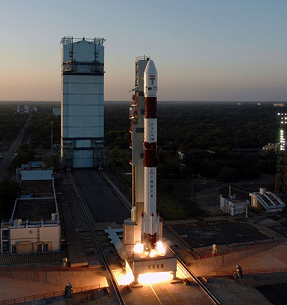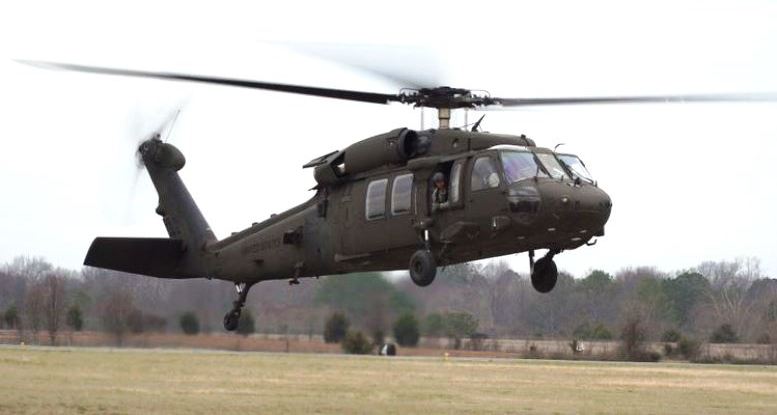
PSLV rocket of ISRO. A file photo
BENGALURU (PTI): The Indian Space Research Organisation (ISRO) said on Monday it will launch 30 satellites in a single mission on board its Polar Satellite Launch Vehicle (PSLV) in December.
The mission, whose main payload would be Cartosat-2 series earth observation satellite, will be the first PSLV mission after the unsuccessful launch of navigation satellite IRNSS-1H in August.
"We are planning our next launch in the second half of December, all things are in place... It will be a satellite of Cartosat-2 series along with other co-passengers," ISRO Chairman Kiran Kumar told reporters in Bengaluru.
PSLV-C40 will be used for the launch from the spaceport in Sriharikota, about 100 kilometres from Chennai.
The mission will be a combination of 25 nano satellites, three micro-satellites and one Cartosat satellite, along with "maybe" one university satellite, ISRO officials said.
They said most of the co-passengers of Cartosat-2 series satellite would be commercial satellites from foreign countries, including Finland and the US.
On August 31, India's mission to launch its backup navigation satellite IRNSS-1H onboard PSLV-C39 ended in a failure after a technical fault on the final leg following a perfect launch.
ISRO had then said the heat shield did not separate on the final leg of the launch sequence, and, as a result, the IRNSS-1H got stuck in the fourth stage of the rocket.
To a question about PSLV-C39 failure, Kumar said when a system, which had worked sixty times, fails because of a particular reason, it should not be a fundamental problem.
"We are trying to improve further on the robustness of this (rocket). It is not a fundamental issue," he said.
Another big launch in ISRO's calendar is the next lunar mission Chandrayaan-2, on board GSLV-Mk II, scheduled for March 2018.
On Chandrayaan-2, Kumar said right now the orbiter was getting integrated at Bengaluru and some more tests were going on with regard to the lander and rover, instruments and systems.
"By the first quarter of next year we expect to put the orbiter, lander, rover - all the things together into the lunar orbit," he added.
Chandrayaan-2, India's second mission to the Moon, would be an advanced version of Chandrayaan-1 launched nine years ago. This spacecraft is a composite model consisting of orbiter, lander and rover.
On the involvement of industry and academic institutions, Kumar said "What we are trying to see is while we build our capability, we also make sure that whatever excess capacity we have, we are in a position to market it and use."
He said presently India was having 40-plus satellites in operation for earth observation, remote sensing, communication, navigation and space science.
However, the requirement was significantly higher. "So we are looking at a mechanism where we can increase the pace at which we are doing the work.
"You can visualise if we have to deliver more and bring in more capability in space, what we call as the space infrastructure, we need to increase the number of launches we do, more satellites we have to build and using them more applications," he added.
Kumar also said ISRO was now looking at a mechanism where the Indian industry actually gets support from it for competing internationally by leveraging on what they have already acquired. There was a huge market available for the supply of sub-systems, he added.
The ISRO chairman was speaking to reporters at the curtain raiser press meet on the "International Seminar on Indian Space Programme - Trends and Opportunities for Industry" scheduled to be held between November 20 and 21 in New Delhi.
The two-day event will have sessions on space industry, public-private partnership for space programmes, capacity building and talent management, role of industry in Indian space programme along with B2B and B2G meeting, officials said.
 Previous Article
Previous Article Next Article
Next Article













The Indian Air Force, in its flight trials evaluation report submitted before the Defence Ministry l..
view articleAn insight into the Medium Multi-Role Combat Aircraft competition...
view articleSky enthusiasts can now spot the International Space Station (ISS) commanded by Indian-American astr..
view article